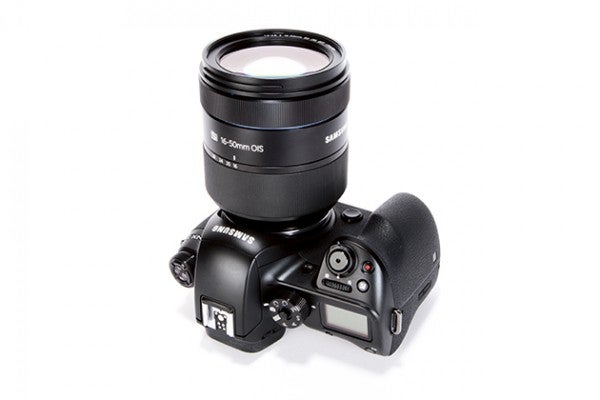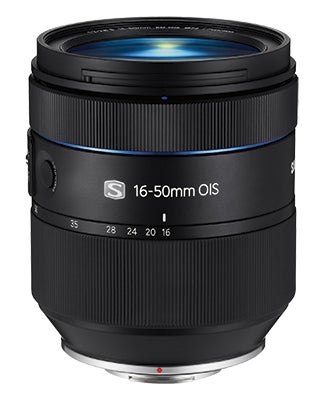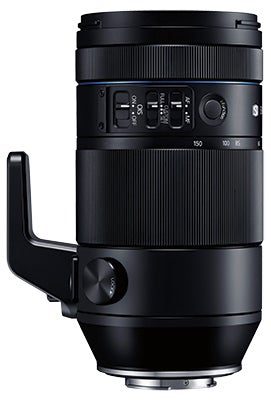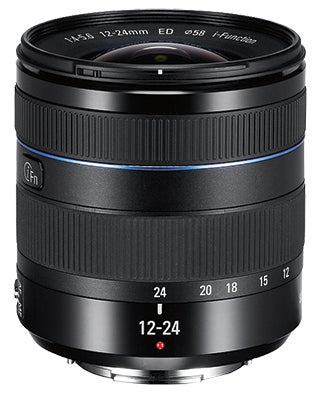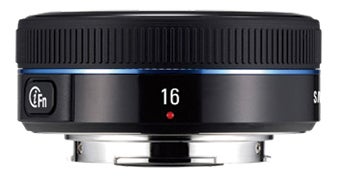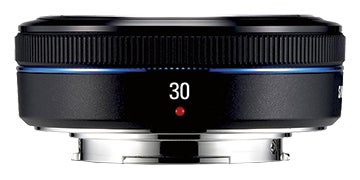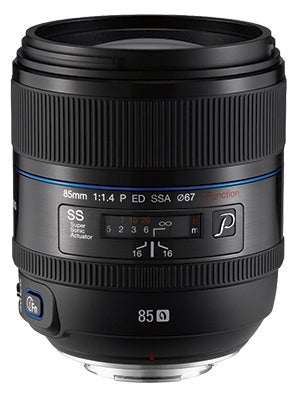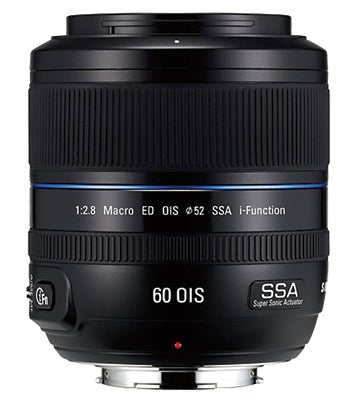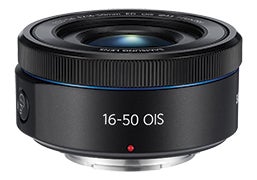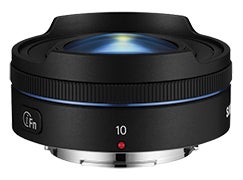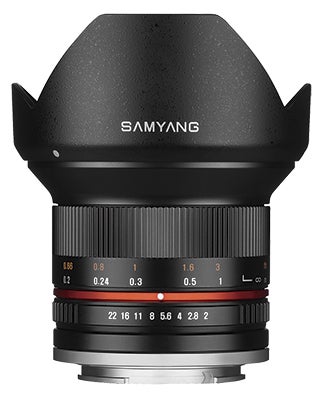Samsung NX users have a choice of 16 lenses, including compact premium primes and high-end fast zooms
When Samsung launched its NX system back in 2010, it was the first manufacturer to introduce a compact system camera with an APS-C-sized sensor. In the five years since, it has slowly but surely built up a decent set of 16 lenses. Until recently, this consisted of a mix of consumer-grade zooms, compact pancake primes and a couple of premium prime lenses. But to accompany the high-end NX1, Samsung has added some high-end fast zooms in a new premium ‘S’ series. Overall, a 12-200mm focal length range is covered (18-300mm equivalent on full frame), with a 10mm fisheye also available.
Third-party options
While third-party manufacturers such as Sigma, Tamron and Zeiss have introduced autofocus lenses for other CSC systems, none exists for the NX. Technically, this may reflect the fact that Samsung chose a relatively long register distance from the mount to the sensor – 25.5mm compared to around 18mm for other mounts – and this could discourage makers from designing lenses for the NX range.
Samyang, however, makes a number of its manual-focus primes in NX mount. Most are in effect DSLR lenses with adapter tubes added, but a couple – a 12mm f/2 wideangle prime and
an 8mm f/2.8 fisheye – are specifically designed for APS-C compact system cameras.
Mount adapters
Samsung never made its own DSLR system, instead re-badging Pentax bodies and lenses. While a Samsung adapter is available to use these (and other) K-mount lenses on NX cameras (the ED-MA9NXK), it’s not exactly easy to find. Offering manual-focus only and a hit-and-miss mechanical aperture control dial, it also brings no obvious advantage over cheaper third-party options.
A wide range of adapters is available to use DSLR lenses on the NX range, ranging from high-quality options from the likes of Novoflex to cheap-and-cheerful alternatives. Yet while Leica M39 thread-mount lenses can be used, M-mount lenses cannot.
What’s missing?
Samsung currently offers no long telephotos beyond 200mm, which is limiting for sports or wildlife shooters. There is no premium wideangle zoom, either.
Top lenses for the Samsung NX
NX 16-50mm f/2-2.8 S ED OIS – £940
This premium standard zoom offers a unique combination or range, aperture and OIS
NX 50-150mm f/2.8 S ED OIS – £1,200
A telephoto zoom for the NX1, this lens has a constant f/2.8 aperture and image stabilisation
NX 12-24mm f/4-5.6 ED – £420
At 18-36mm equivalent, this is the widest NX zoom so far
NX 16mm f/2.4 pancake – £250
This is an excellent compact wideangle prime
NX 30mm f/2 pancake – £230
A superb pancake prime that offers a ‘normal’ angle of view
NX 85mm f/1.4 ED SSA – £700
A 135mm equivalent portrait lens that is stunning but bulky
NX 60mm F2.8 Macro ED OIS SSA – £430
This lens offers 1:1 magnification with image stabilisation
NX 16-50mm f/3.5-5.6 PZ ED OIS – £260
A compact ‘kit’ lens for NX cameras that includes motorised zoom for movie shooting
NX 10mm f/3.5 fisheye – £270
Samsung touts this as the world’s slimmest fisheye lens
Samyang 12mm f/2 NCS CS – £330
This is a relatively inexpensive manual-focus fast wideangle prime lens





